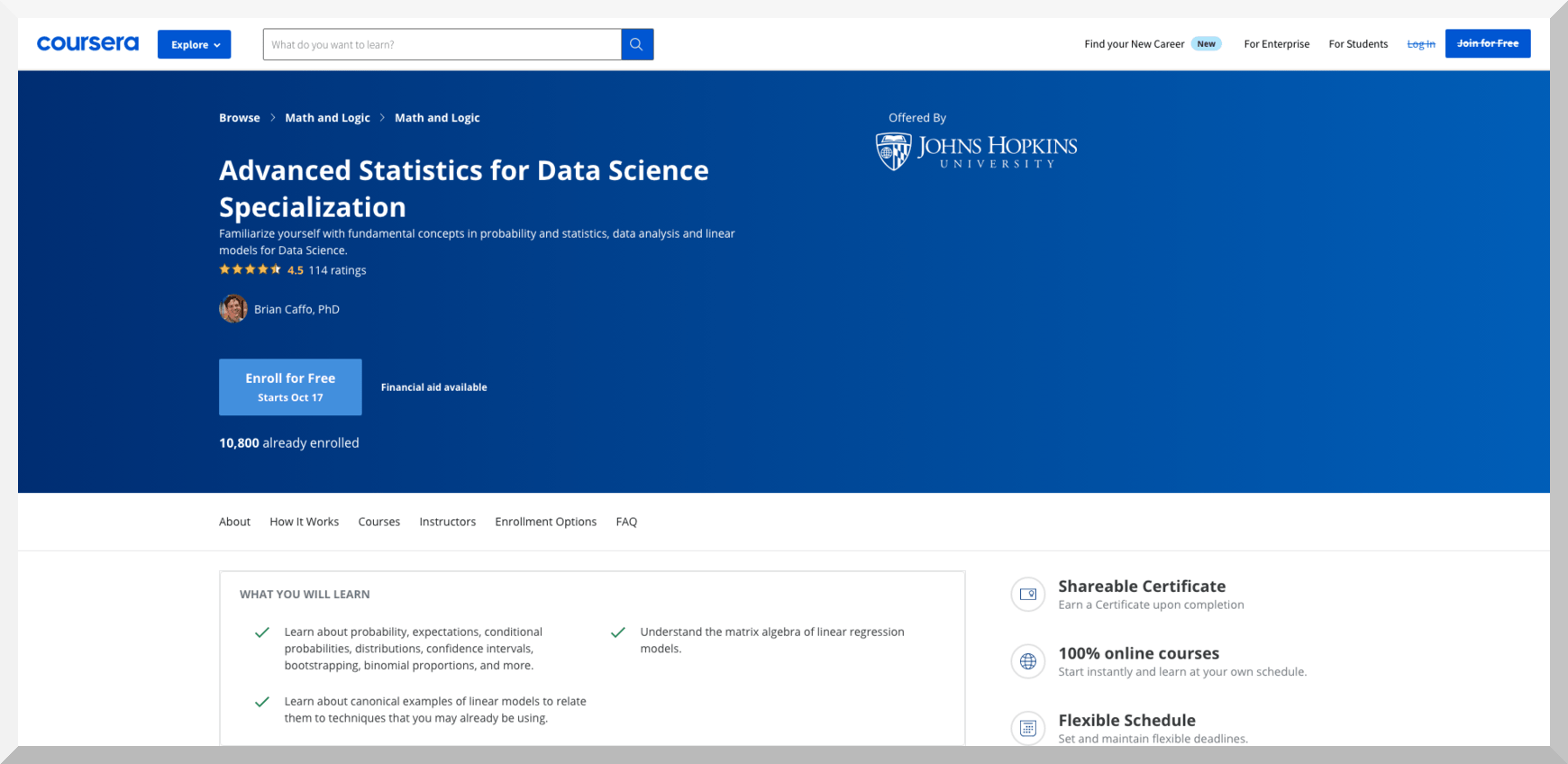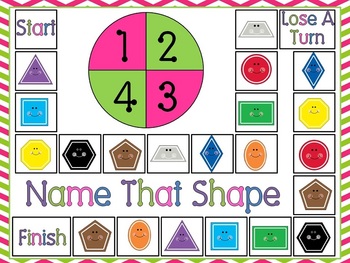
A teaching credential can be obtained in any of several San Diego programs if you wish to teach in a specific subject. Among them are TESOL programs, which prepare teachers for high school and middle school students. The credential for a K-12 specialist can be obtained in arts, music, and physical education. Candidates can use what they learn in the classroom by completing advanced coursework and conducting research on teaching methods.
Teachers can guide students with moderate to severe disabilities by obtaining a special education credential
The Special Education Credential allows teachers to assist moderately or severely disabled students at school. The California Commission on Teacher Credentialing has accredited it. It requires that you have completed at minimum 75% of the California college/university program in order to earn it. Transferring courses from another institution is possible, provided they were taken in the past seven years.
First, you need to be certified in education before you can earn a special education credential. There are many kinds of special education certifications. Credentials in special education are recommended for those who have been licensed to teach in public schools. This credential allows you to teach students with a speech or language impairment. It is important to be aware of the potential negative effects that these disabilities could have on a student’s academic performance.

There are many types of disabilities that qualify for a special education credential. Some students are blind or have severe physical disabilities. Other students might be diagnosed with mental disabilities, such autism.
The integrated teacher education program pathway is a combination of a bachelor's level degree and a credential
The Integrated Teacher Education Program is designed to enable students to get both their bachelor’s degree and credential within four years. The program requires a specific sequence of courses and prerequisites. The program includes a student teaching internship. The program requires students to complete education foundations courses.
The program is eligible for students who have completed the program to receive a California Deaf/Hard-of-Hearing Specialist credential as well as a Preliminary Multiple Subject Credential in American Sign Language. It includes courses in bilingual education theory, as well as classroom practice. The second year of studies focuses on a project that is research-based.
California's graduate schools offer an integrated teacher training program. This pathway combines a bachelor’s degree and credentialing programs. Azusa Pacific University, High Tech High Graduate School of Education provide teacher education programs that have a strong hands-on focus. The combined graduate programs in education/teaching combine hands-on preparation with an intensive teaching residency in San Diego's prestigious K-12 charter school.

Internship opportunities available for single-subject students
Internships are an essential requirement for students who have completed a single subject teaching credential program. These positions are often offered by districts to students who have completed the program. They are a more intensive way to get a feel for the classroom and prepare aspiring teachers to enter the teaching profession. Interns earn a salary proportional to the amount they work.
Students seeking the credential program need to complete a rigorous professional prep program. This includes a full time summer program. During this time, students are exposed to a variety of teaching methods and work with diverse communities. The program is designed to provide students with the skills they need to succeed in a teaching career and is highly competitive. Nearly 100% of graduates who have successfully completed the program find employment after graduation.
The 120 hour requirement for pre-service hours includes twelve semester units of coursework. There is also a fieldwork component to each course. They must also apply to California for an intern certificate. This certificate lasts one calendar-year. After they have completed these requirements, they must apply for internship positions at the California Commission on Teacher Credentialing. Refer to Credential Program Advisors for specific information.
FAQ
How much does homeschooling cost?
Homeschooling comes with no fees. Some families charge between $0-$20 per lesson. Some families offer services for free.
Homeschooling takes dedication and commitment. Parents should be able to dedicate enough time to their children.
They also need to have access book, supplies, books, and other learning resources. Many homeschoolers have to make use of community programs and events in order to enhance their curriculum.
Parents need to consider costs such as transportation, tutoring, and extracurricular activities.
Homeschoolers should also plan ahead for vacations, field trips, and special occasions.
What are the requirements for my chosen field of work?
Writing skills are essential for lawyers. A nurse must have the ability to communicate well. Excellent math skills are required to be an accountant. These are just two examples. Take a look at all the things that you love doing. What type of job can you do to keep doing what you love? If you want to be an engineer, you'll need to learn how to design structures and machines. You will need to know basic math in order to succeed in this field. Business success requires a solid understanding of statistics and numbers. If you want to pursue a career as a teacher, you'll need good communication skills. You will need to have the ability to help others learn and to teach them.
How long does it usually take to become a early childhood teacher?
It takes four years to complete a bachelor's degree in early childhood education. Two years are required to take general education courses offered by most universities.
After your undergraduate studies, most people enroll in graduate school. This step allows students to focus on a particular area.
For example you could focus on child psychology, or learning disabilities. After completing your master's you will need to apply to a teacher training program.
This process will take several more years. This is a time when you will learn real-world skills from experienced educators.
Finally, before you can begin teaching, you need to pass the state exams.
This process is lengthy and you will not be able instantly to enter the workforce.
Statistics
- “Children of homeowners are 116% more likely to graduate from college than children of renters of the same age, race, and income. (habitatbroward.org)
- Among STEM majors, that number is 83.5 percent. (bostonreview.net)
- Data from the Department of Education reveal that, among 2008 college graduates, 92.8 percent of humanities majors have voted at least once since finishing school. (bostonreview.net)
- In most developed countries, a high proportion of the population (up to 50%) now enters higher education at some time in their lives. (en.wikipedia.org)
- Think of the rhetorical power of nineteenth-century abolitionist Harriet Beecher Stowe, Martin Luther King, Jr., or Occupy Wall Street activists with their rallying cry of “we are the 99 percent.” (bostonreview.net)
External Links
How To
What is vocational education?
Vocational Education prepares students for work by giving them skills that are required for a specific job, such as welding. You can also get on-the job training through apprenticeship programs. Vocational Education is different than general education. It focuses on specific careers and not learning broad knowledge for the future. The goal of vocational education is not necessary to prepare people for university study but to help them find jobs upon graduation.
Vocational education can take place at all levels of schooling. This includes primary schools, secondary schools and colleges, universities as well as colleges, technical institutes, technical colleges, trade schools, community college, junior colleges, four-year colleges, and colleges. You can also find specialized schools such a culinary arts school, nursing school, law school, medical schools or dental schools. Many of these provide both academic instruction and practical experience.
Over recent decades, there have been significant investments made in vocational education by many countries, including Australia, Denmark (Finland), Germany, Ireland and Japan. However, it is not clear if vocational education is effective. Some critics believe it doesn't help students get hired, while others claim that it helps prepare them for life after high school.
The U.S. Bureau of Labor Statistics has estimated that 47% of American adults hold a postsecondary certificate or degree related to their current occupation. This figure is higher for those with more education. 71% (25-29) of Americans have a bachelor's level or higher and work in fields that require a postsecondary degree.
In 2012, the BLS reported that nearly half of the nation's adult population had at least some form of postsecondary credential. About one-third of Americans held a two-year associate degree, while about 10 percent held a four-year bachelor's degree. One fifth of Americans have a master's, or doctorate.
For those with a bachelor’s degree, the median annual income was $50,000. This is compared to $23,800 if you don't have one. The median salary for people with advanced degrees was $81,300.
For those who did not complete high school, the median wage was only $15,200. For those who did not complete high school, the median annual salary was only $15,200.